PRODUCT DETAILS
| Product Name: |
PIPES |
| Synonyms: |
PIPES,98%;PIPES Piperazine-1,4-bisethanesulfonic acid;PIPES Vetec(TM) reagent grade, >=99%;ABTS DIAMMONIUM SALT ULTRA PURE GRADE;MOLYBDENE STAND;MOLYBDENUM STAND;PIPES BIOXTRA, FOR MOLECULAR BIOLOGY;PIPES, BIOPERFORMANCE CERTIFIED& |
| CAS: |
5625-37-6 |
| MF: |
C8H18N2O6S2 |
| MW: |
302.37 |
| EINECS: |
227-057-6 |
| Product Categories: |
Biochemistry;Good's Buffers;Buffer |
| Mol File: |
5625-37-6.mol |
 |
| |
| PIPES Chemical Properties |
| Melting point |
>300 °C (lit.) |
| density |
1.4983 (rough estimate) |
| refractive index |
1.6300 (estimate) |
| storage temp. |
Sealed in dry,Room Temperature |
| solubility |
0.1 M NaOH: 0.25 g/mL, clear, colorless |
| form |
Micro-Crystalline Powder |
| color |
White |
| PH Range |
6.1 - 7.5 |
| pka |
6.8(at 25℃) |
| Water Solubility |
Soluble in water. |
| λmax |
λ: 260 nm Amax: 0.055
λ: 280 nm Amax: 0.040 |
| Merck |
14,7479 |
| BRN |
817713 |
| InChIKey |
XWGRYGKFRRLUQQ-UHFFFAOYSA-N |
| CAS DataBase Reference |
5625-37-6(CAS DataBase Reference) |
| EPA Substance Registry System |
1,4-Piperazinediethanesulfonic acid (5625-37-6) |
| |
| PIPES Usage And Synthesis |
| description |
PIPES free acid, also known as 1,4-piperazinediethanesulfonic acid, is a Good's buffer notable for having a pKa value similar to ordinary physiological pH. As such, PIPES free acid is frequently used as a buffer in biochemical research.
PIPES is a zwitterionic, piperazinic buffer that is useful for a pH range of 6.1 – 7.5. PIPES lacks the ability to form a significant complex with most metal ions and is recommended for use as a non-coordinating buffer in solutions with metal ions. PIPES has wide variety of applications and is commonly used in cell culture media, in protein crystallization, as a running buffer in gel electrophoresis, and as an eluent in isoelectric focusing and chromatography. This buffer is capable of forming radicals and is therefore not suitable for redox reactions. It is suitable for use in the bicinchoninic acid (BCA) assay. Solubility of PIPES increases when the free acid is converted to the sodium salt.
Buffers are made by adding base solution to PIPES free acid and titrating to the desired pH. |
| Uses |
Piperazine-N, N'-bis- (2-ethanesulphonic acid) ultra -pure >99.5%) is an important chemical intermedia in all kinds of chemical fields. 1,4-Piperazinediethanesulfonic acid, piperazine-N, N’-bis- (2-ethanesulfonic acid) (PIPES) is also one of the zwitterion buffers and the most appropriate buffer for the biological experiments using an intracellular solution since the Pk2 of Pipes is 6.8 at 20 degrees Celsius.
|
| Description |
PIPES is a member of the ethanesulfonic acid buffer series, first introduced by Good et al., developed to meet certain criteria: midrange pKa, maximum water solubility and minimum solubility in all other solvents, minimal salt effects, minimal change in pKa with temperature, chemically and enzymatically stable, minimal absorption in visible or UV spectral range and easily synthesized. Since its pKa at 37 °C is near physiological pH, PIPES has applications in cell culture work. |
| Chemical Properties |
White/clear crystalline powder |
| Uses |
A buffering agent with a pKa near physiological pH.PIPES [piperazine-N,N′-bis(2-ethanesulfonic acid)] is frequently used as a buffering agent in biochemistry. It is an ethanesulfonic acid buffer developed by Good et al. in the 1960s. PIPES has a pKa near the physiological pH which makes it useful in cell culture work. It has been documented to minimize lipid loss when buffering glutaraldehyde histology in plant and animal tissues.
Additional forms available: PIPES, Sesquisodium Salt ; PIPES dipotassium salt; PIPES disodium salt; PIPES, Sodium Salt. Buffers can be prepared by adding a solution of base to PIPES free acid, titrating to the appropriate pH, or by mixing equimolar solutions of the monosodium salt and the disodium salt, titrating to the appropriate pH. |
| Uses |
Protocols have been reported on the use of PIPES for separation of glyoxylated RNA in agarose gels, nuclease S1 mapping of RNA, and in ribonuclease protection assay protocols. PIPES has been used as a buffer in glutaraldehyde fixation of tissue samples.,
PIPES has been utilized in protein crystallization., The use of PIPES in the reconstitution of dissociated tubulin
α and β subunits after their resolution on immunoadsorbent gels has been described. PIPES has been recommended for use in buffers for the in vitro study of caspases 3, 6, 7, and 8.
A published study demonstrated the usefulness of PIPES as a non-metal ion complexing buffer in such applications as protein assays. PIPES has been used in cell culture for such applications as the engineering of a thermostable mutant membrane protein in Escherichia coli.
|
| Uses |
PIPES, is used buffering agent in biochemistry. PIPES has pKa (6.76 at 25°C) near the physiological pH which makes it useful in cell culture work. |
| Application |
Glutaraldehyde fixation of plant and animal tissue samples can cause loss of lipid, leading to apparent morphological changes. Lipid loss and artifacts were minimized when PIPES was used to buffer the glutaraldehyde fixative.
Alkaline phosphatase activity is lost selectively from certain rat hepatocyte organelles when fixed for ultracytochemistry with cacodylate-buffered glutaraldehyde. When PIPES was used as buffer, retention of activity was 60% greater.
Fixation of fungal zoospores for fluorescence microscopy and electron microscopy was optimal with a combination of glutaraldehyde and formaldehyde in PIPES buffer. |
| General Description |
PIPES is a member of the ethanesulfonic acid buffer series, first introduced by Good et al., developed to meet certain criteria: midrange pKa, maximum water solubility and minimum solubility in all other solvents, minimal salt effects, minimal change in pKa with temperature, chemically and enzymatically stable, minimal absorption in visible or UV spectral range and easily synthesized. Since its pKa at 37 °C is near physiological pH, PIPES has applications in cell culture work.
|
| Purification Methods |
Purify PIPES from boiling water (maximum solubility is about 1g/L) or as described for ADA [N-(2-acetamido)iminodiacetic acid above]. [Good et al. Biochemistry 5 469 1966, Beilstein 23/12 V 380.] |
| |
| PIPES Preparation Products And Raw materials |
|
|
|
|
|
|
|
|
|
|
About US
Leader Biochemical Group is a large leader incorporated industry manufacturers and suppliers of advanced refined raw materials From the year of 1996 when our factory was put into production to year of 2020, our group has successively invested in more than 52 factories with shares and subordinates.We focus on manufacture Pharm & chemicals, functional active ingredients, nutritional Ingredients, health care products, cosmetics, pharmaceutical and refined feed, oil, natural plant ingredients industries to provide top quality of GMP standards products.All the invested factories' product lines cover API and intermediates, vitamins, amino acids, plant extracts, daily chemical products, cosmetics raw materials, nutrition and health care products, food additives, feed additives, essential oil products, fine chemical products and agricultural chemical raw materials And flavors and fragrances. Especially in the field of vitamins, amino acids, pharmaceutical raw materials and cosmetic raw materials, we have more than 20 years of production and sales experience. All products meet the requirements of high international export standards and have been recognized by customers all over the world. Our manufacture basement & R&D center located in National Aerospace Economic & Technical Development Zone Xi`an Shaanxi China. Now not only relying on self-cultivation and development as well as maintains good cooperative relations with many famous research institutes and universities in China. Now, we have closely cooperation with Shanghai Institute of Organic Chemistry of Chinese Academy of Science, Beijing Institute of Material Medical of Chinese Academy of Medical Science, China Pharmaceutical University, Zhejiang University. Closely cooperation with them not only integrating Science and technology resources, but also increasing the R&D speed and improving our R&D power. Offering Powerful Tech supporting Platform for group development. Keep serve the manufacture and the market as the R&D central task, focus on the technical research. Now there are 3 technology R & D platforms including biological extract, microorganism fermentation and chemical synthesis, and can independently research and develop kinds of difficult APIs and pharmaceutical intermediates. With the strong support of China State Institute of Pharmaceutical Industry (hereinafter short for CSIPI), earlier known as Shanghai Institute of Pharmaceutical Industry (SIPI), we have unique advantages in the R & D and industrialization of high-grade, precision and advanced products. Now our Group technical force is abundant, existing staff more that 1000 people, senior professional and technical staff accounted for more than 50% of the total number of employees, including 15 PhD research and development personnel, 5 master′ S degree in technical and management personnel 9 people. We have advanced equipment like fermentation equipment and technology also extraction, isolation, purification, synthesis with rich production experience and strict quality control system, According to the GMP required, quickly transforming the R&D results to industrial production in time, it is our advantages and our products are exported to North and South America, Europe, Middle East, Africa, and other five continents and scale the forefront in the nation, won good international reputation. We believe only good quality can bring good cooperation, quality is our key spirit during our production, we are warmly welcome clients and partner from all over the world contact us for everlasting cooperation, Leader will be your strong, sincere and reliable partner in China.
Group profiles
Our Factories production lines
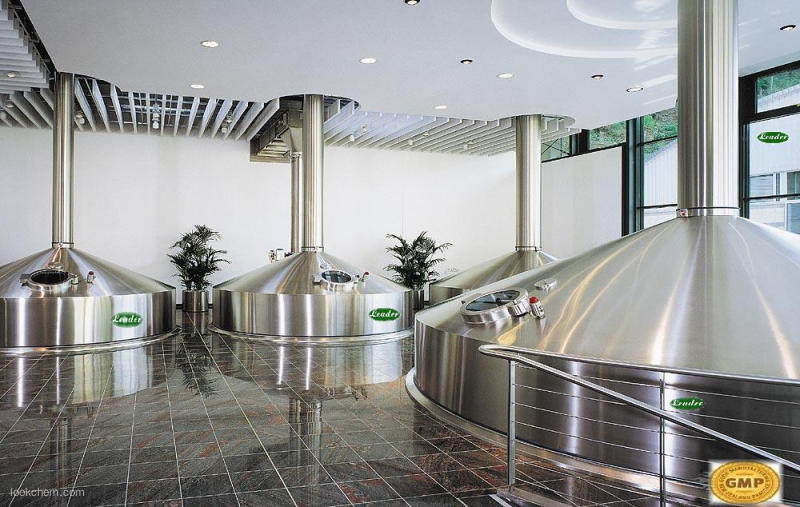
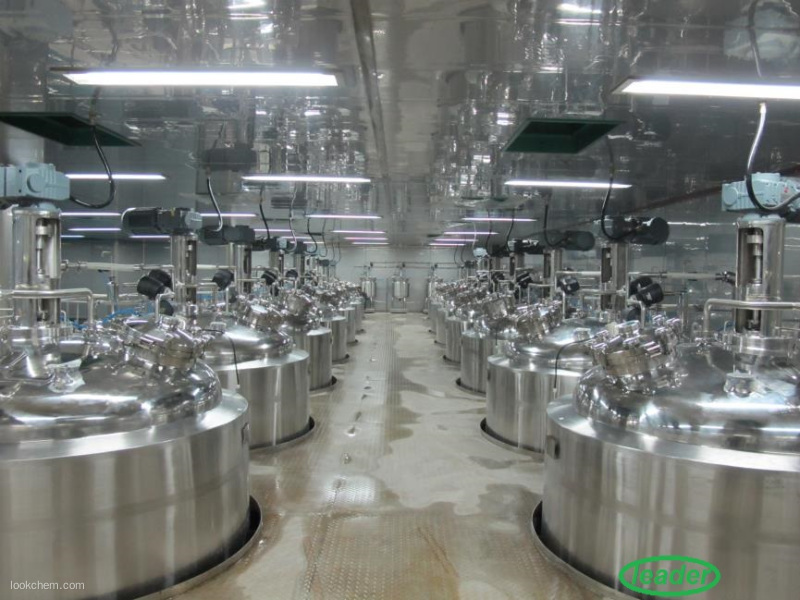
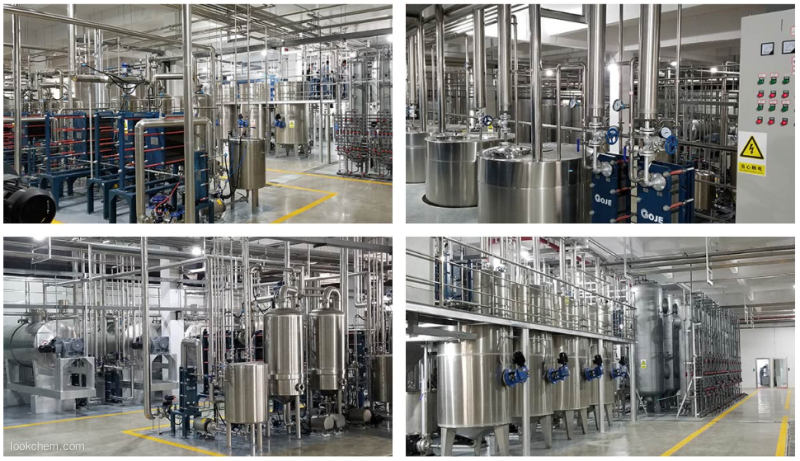
Our Factories R&D ability

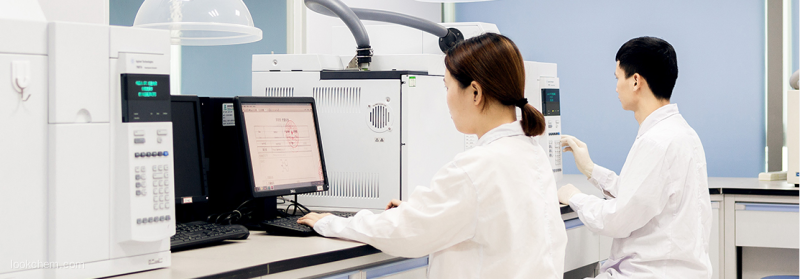
Our Factories warehouse

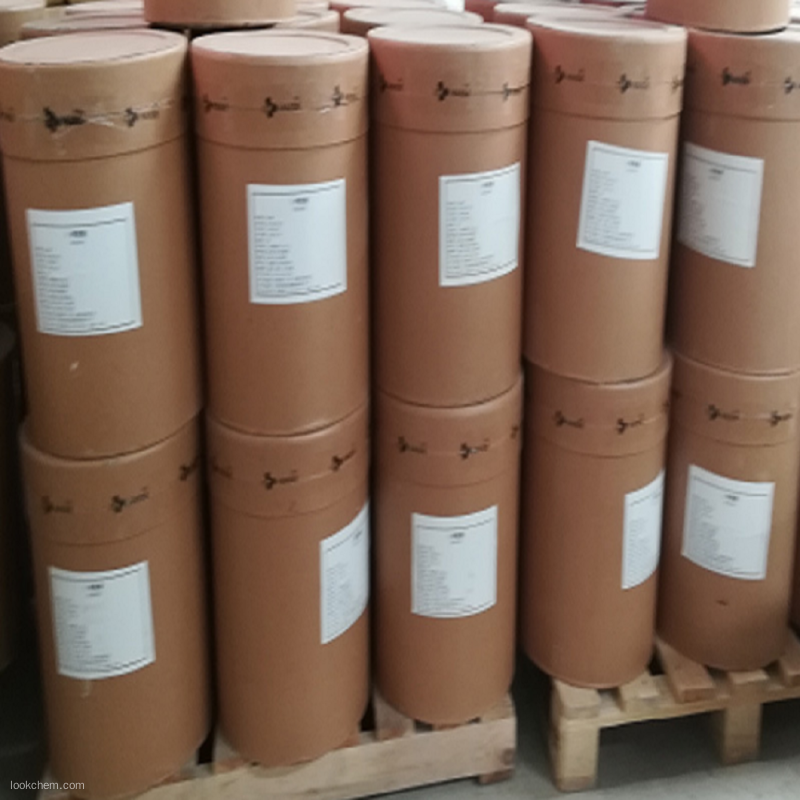


 Premiumsupplier
Premiumsupplier 



